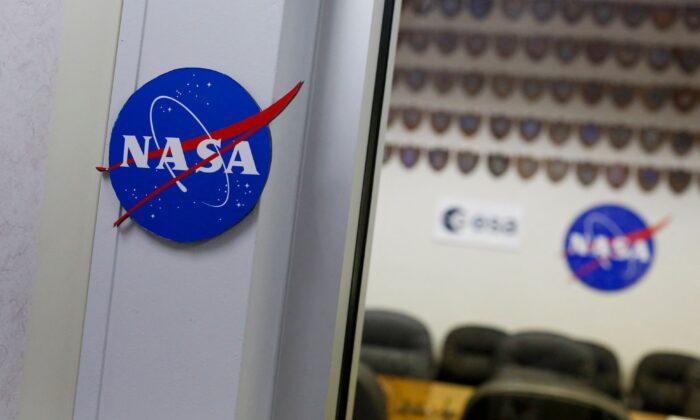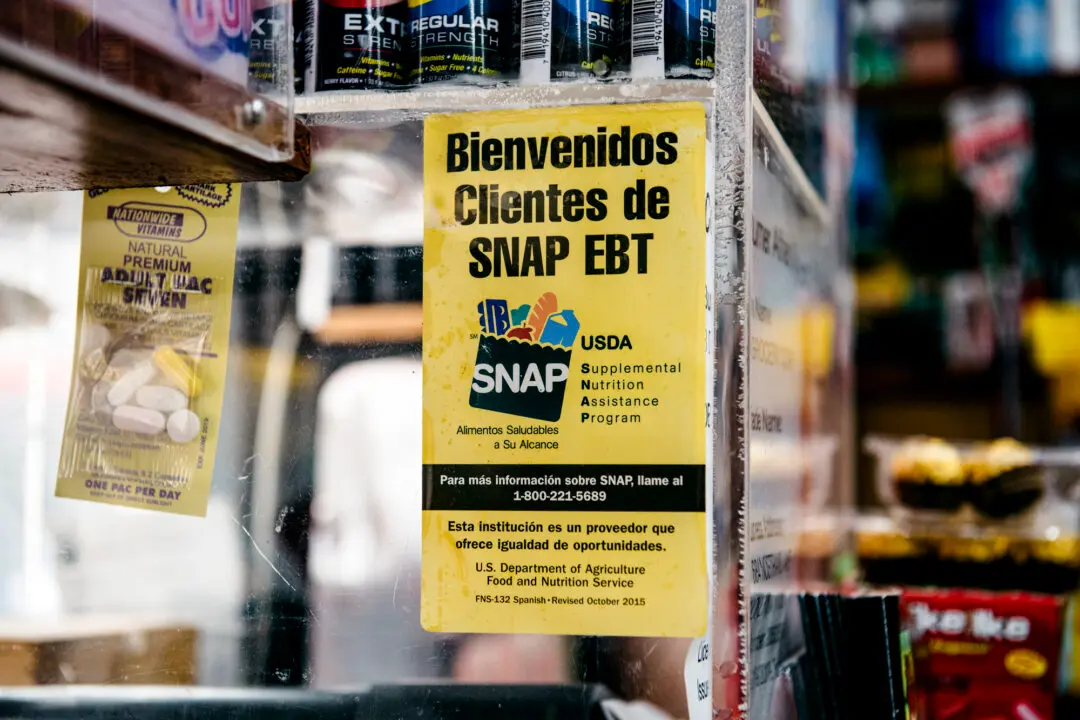Four volunteers have been sealed into an isolated 1,700-square-foot 3D-printed structure made by NASA and will spend the next year living like astronauts on Mars.
Research scientist Kelly Haston, structural engineer Ross Brockwell, emergency medicine physician Nathan Jones, and U.S. Navy microbiologist Anca Selariu were chosen by NASA to be part of the Crew Health and Performance Exploration Analog (CHAPEA); the first of three analog missions that will simulate year-long stays on the surface of Mars.
During the mission, which began on June 25, the four individuals will “conduct simulated spacewalks and provide data on a variety of factors, which may include physical and behavioral health and performance,” according to NASA.
None of the four are trained astronauts and were chosen through a selection process open to U.S. citizens and permanent residents. However, they all had to have a degree in one of the STEM (science, technology, engineering, and mathematics) fields, as well as professional experience in their chosen field, according to NASA.
Despite having no experience in space, they will spend the next 12 months living in the 3D-printed habitat known as “Mars Dune Alpha” which is located at the Johnson Space Center in Houston, Texas, while under the watchful eye of researchers.
Although small, the mock Mars base comes complete with private crew quarters, a kitchen, and dedicated areas for medical, recreation, fitness, and work as well as two bathrooms.
It also comes with a “sandbox” portion which is filled with red sand to simulate the landscape on Mars. That will be used to conduct virtual reality walks as the crew works to identify various “rocks of interest” and retrieve samples for analysis, NASA said.
Challenges Ahead
The four volunteers will face various challenges during their time in the habitat designed to simulate real-life missions on Mars, which has a bit over a third of the gravity of Earth.The crew will only be eating freeze-dried foods and they will also experience a communication delay with the outside world.
“To obtain the most accurate data during the analog, the habitat will be as Mars-realistic as feasible, which may include environmental stressors such as resource limitations, isolation, equipment failure, and significant workloads,” the agency said.
“The major crew activities during the analog may consist of simulated spacewalks including virtual reality, communications, crop growth, meal preparation and consumption, exercise, hygiene activities, maintenance work, personal time, science work, and sleep,” NASA added.
The mission is aimed at supporting human health and performance research that NASA can use to prepare for human exploration of Mars, according to the agency.
At a press conference on Sunday prior to the four entering the habitat, Grace Douglas, the mission’s principal investigator at NASA, thanked the crew for their “dedication to exploration.”
“Our best wishes go with you,” Douglas added.
Elsewhere, Vanessa Wyche, the director of NASA’s Johnson Space Center, said the habitat had been in the making for many years and praised the four “brave individuals” for helping the agency prepare for future missions to Mars.
“I’m super excited about the science that will be obtained, and one year from now, when they all come out with great success we will all be here waiting so that we can share in and thank you for volunteering,” Wyche said.
NASA plans to conduct the second analog mission in 2025 and the third in 2026.





